The once-in-a-century pandemic that has shown them how vulnerable and fragmented they are, is the same health crisis, which has made them realize how much they need each other. If they are to survive during extremely difficult times, as this exclusive report from PeopleAsia explores, they need to unite now to gain some form of leverage.
By Alex Y. Vergara
Like everything they set their sights on, many of the country’s leading designers have successfully retooled their operations to produce their own brand of fashion in the new normal—designer face masks, hospital-grade PPEs and PPE-inspired fashion ensembles, from jumpsuits to jackets, dresses to separates—while providing some form of employment for their respective employees. But in the absence of big, high-profile events like weddings, debuts and formal dinners, they can only do and earn so much.
As one designer puts it: “We can’t survive indefinitely doing face masks and PPEs. Filipino designers are occasion-centric. We earn a living doing clothes for big occasions.”


Even usually nimble and upbeat millennial designers such as Mark Bumgarner, Vania Romoff and Patty Ang, among others, in a recent virtual town hall meeting reportedly said that they have had to furlough a number of employees. Most of these furloughed personnel are receiving allowances from their bosses, but with business down to a trickle, the future of such ayuda (financial assistance) depends greatly on succeeding orders.
It isn’t just a matter of switching from couture to RTW, says veteran designer JC Buendia, who specializes in made-to-measure dresses for weddings, debuts and formal events.
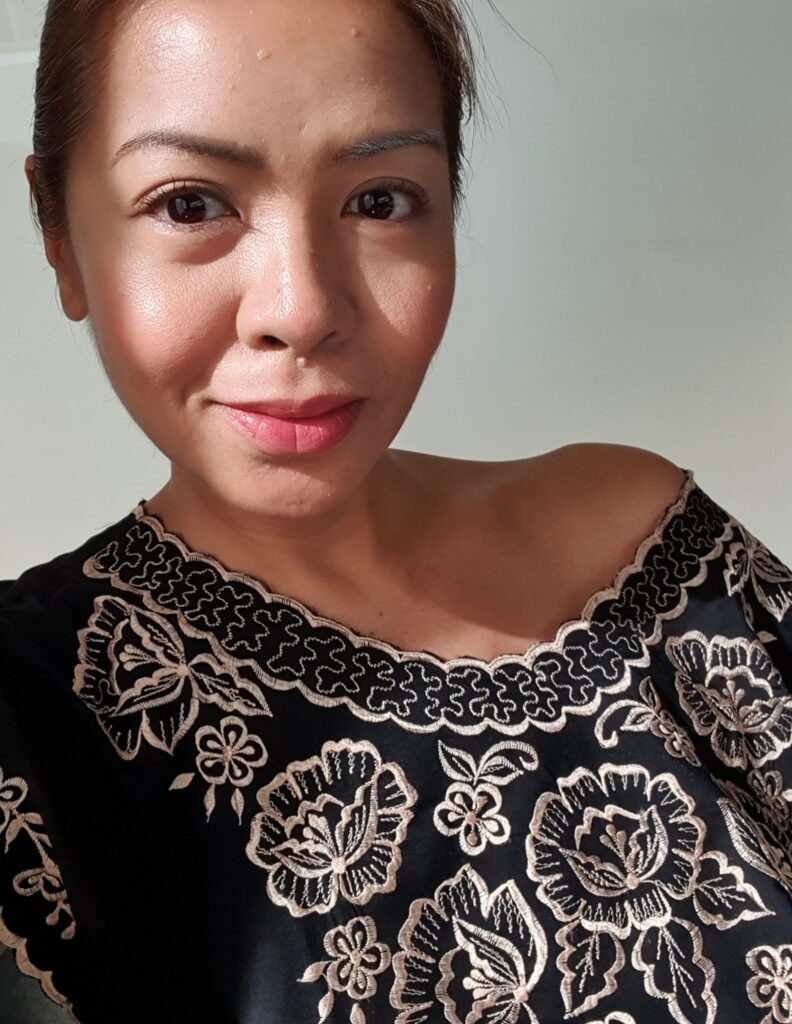
“As of now, people are generally afraid to go to the malls,” he says. “I learned, for instance, from fellow designer Vic Barba that his RTW line at a Makati mall isn’t selling as well as before the pandemic hit. There’s not enough traffic. His face masks, which he sells online, are doing much better.”
Widespread pain
And the pain caused by the pandemic isn’t limited to designers and their staff. In the absence of fashion shows and product launches, production people—from directors to photographers, models to stylists, makeup artists to runway hands—are hurting even more.
The only group that seems to be impervious to the current downturn are the country’s rural artisans, who, under the guidance of their respective creative directors, have found a steady market for their hand-woven and hand-embellished fabrics, which often take months to produce. But should global demand dip for clothes made from such exquisite materials, as the pandemic stretches on indefinitely, even they wouldn’t be spared for long.
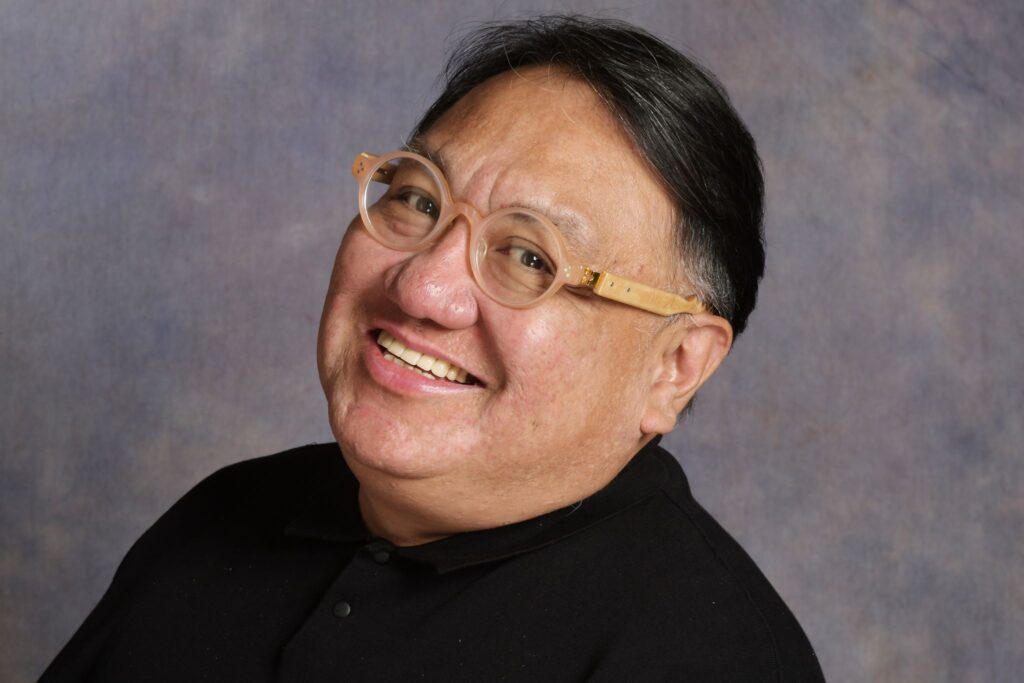
In the absence of trade shows due to the global health scare, for instance, certain designer-entrepreneurs and fashion impresarios are having a hard time pushing local products with international appeal abroad. Orders are considerably down from their usual buyers, as almost everyone is on a cautious wait-and-see mode.
But the situation, although dire, is far from hopeless. While it took a pandemic to impress upon people in the fashion industry how vulnerable they are to such a disaster, the same global health crisis has also made them realize how much they need each other. If they are to survive, much less be taken seriously, say, by the government, during times of crisis, they need to unite now to gain some form of leverage. They need to be counted as one while they take care of their own.
Strength in numbers
In the heels of initial efforts to advance Philippine fashion such as “Fashion for Healing” and the Facebook page Buy Filipino, a virtual marketplace where designers can promote and sell their wares, several leading industry lights such as accessories designers Carissa Cruz Evangelista and Amina Aranaz Alunan, fashion designers JC Buendia and Len Cabili, fashion entrepreneur Carmina Sanchez Jacob and fashion show director Jackie Aquino have banded together to form Philippine Fashion Coalition or PFC.

As the group’s name implies, PFC is an umbrella group that encompasses disparate groups that make up various sectors of Philippine fashion. Even fashion writers, from legitimate journalists to fashion bloggers, as well as creative millennials in the field of fashion and design are welcome to join.
Although nearly all sectors that make up the local fashion industry belong to particular groups, there have been no industry efforts until now to form a super body to represent the entire industry. Except for the country’s exporters of furniture and fashion-related products, almost none of these many groups directly dealt with the government in the past. How could they when many of them didn’t even know how many members they had?
Realizing the need and importance to act as one, Carissa, after initial talks with Amina, reached out to Carmina in early June. In turn, Carmina reached out to Jackie. Before long, PFC’s prime movers were also able to corral in Len, JC and Esme Palaganas, who represent millennials and Gen Zs, to join their cause.
Jackie, fellow fashion show director Robby Carmona and talent manager and beauty queen maker Jonas Gaffud, creative director of Miss Universe Philippines, represent live events, the modeling industry and pageants. Lala Flores and Pam Quiñonez represent the styling industry. Accessories designer Gina Nebrida Ty and lawyer Melba Valdez are also part of the 15 original signatories behind PFC.
“Miss Universe Philippines has been very generous in making Philippine Fashion Coalition one of its beneficiaries this year,” Jackie informs. “Pageantry is a huge sector in our industry that supports fashion and is a great breeding ground for budding designers and models.”
A few minutes into their very first Zoom meeting, the prime movers were able to coin a name for their group—PFC. That was the easy part. Now the hard part begins.
Leaving their egos by the door
And in an industry known for its boundless creativity as well as its fair share of huge egos, those who have decided to come on board have willingly set aside their pride to learn from, exchange ideas and work with their colleagues. Instead of viewing the other person as a rival, they now view each other as sources of ideas, strength and inspiration, as they continue to face tough times.
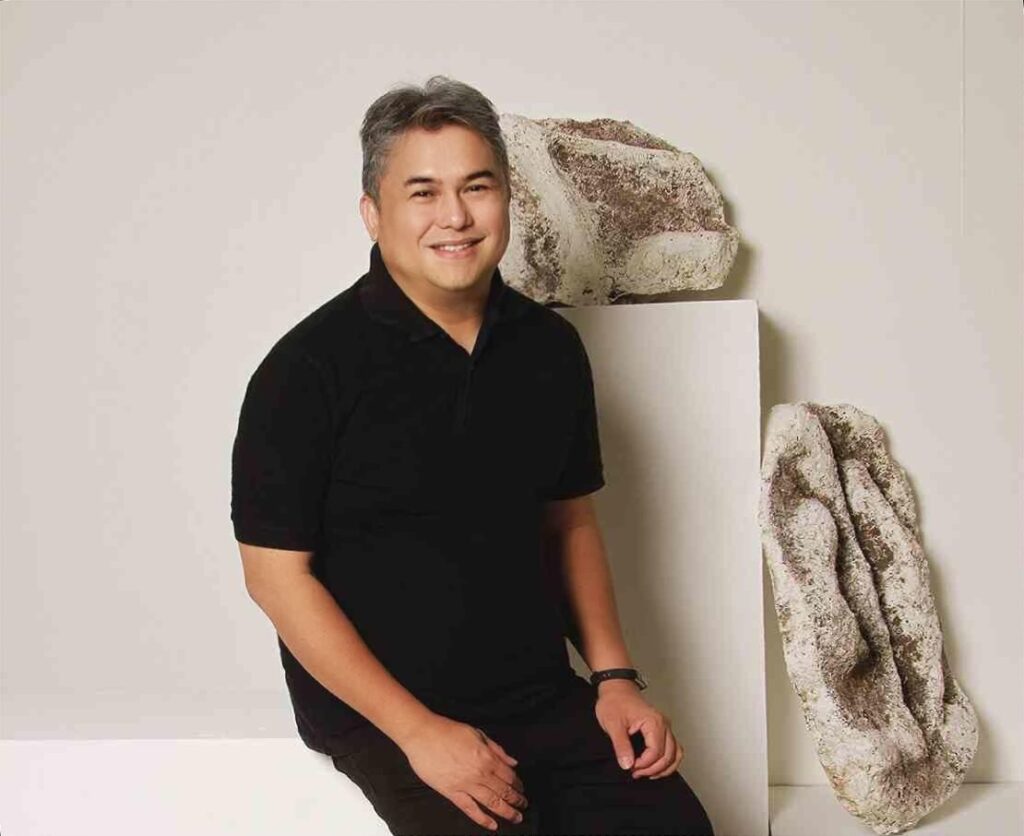
“Yes, there are so many egos involved,” says Carissa. “But then, there should only be one cause that should keep us together: to take care of everyone in this industry. Instead of egos, what we need is a lot of heart.”
The signatories are confident that a receptive Filipino public won’t hesitate in giving its all-out support once the situation starts to improve. Even before the pandemic, says JC, one of the proponents of Buy Filipino, there was already an increased interest and “renewed love” among consumers for home-grown and artisanal products, as seen in the growing popularity of such pop-up efforts as Artefino, Katutubo and MaArte.
“This love for well-made local products was just highlighted because of the pandemic,” he says. “As for the need to work with each other indefinitely, I don’t see any major problem. Designers of my generation, unlike those in the past, are generally friendlier and more supportive of each other. I don’t see any reason why we can’t work together towards a common goal.”
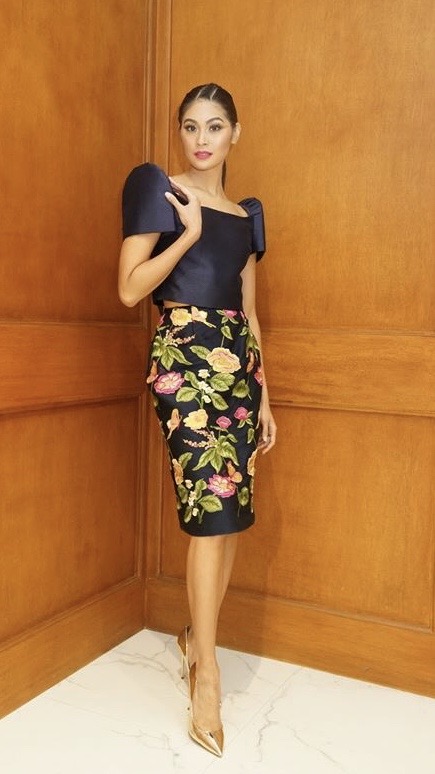
The problem is no one knows when the country, which saw new spikes in COVID-19 cases of late, will turn the corner.
It has also gotten to a point where identities of proponents behind PFC are no longer important, says Carmina. If no one makes a move today, next year might be too late for everyone in the industry. For a fragmented creative economy to survive, it needs a common goal to bring everyone together.
“Although we were coming together for different reasons, we all felt we had to organize a coalition once and for all. Historically, various segments of the industry have been fragmented and it never helped,” Carmina adds.
No better time to unite
Despite the current crisis, they all felt that there’s no better time than now to unite and, for starters, present their case to the government. The same government, which, ironically enough, reminded them of the need to get their act together.

“The government was saying that there’s no single voice for the fashion industry,” says Carissa. “There have been different pockets, even regional pockets, but as a whole, the industry has always been fragmented.”
If these people can help it, those days are about to end. And not even a pandemic can discourage them from organizing. As they make up for lost time, they have had to reach out further, be more open to colleagues they hardly knew before and do away with certain requirements expected of such formal groupings.
In the spirit of inclusivity, for instance, organizers are waiving membership fees this year as they incorporate and talk to various fashion groups nationwide. Industry leaders outside Metro Manila such as Philip Rodriguez of Cebu and Dodjie Batu of Davao have been quite receptive to the idea.
“The idea behind it isn’t limited to accessories designers like myself and Amina, or garment designers like Len and JC,” says Carissa. “It also involves weavers and cultural workers, which is why we are interfacing with the tourism department to identify and reach out to them. The coalition also includes creatives who support and have a big voice in the fashion community—directors, models, makeup artists, stylists, even fashion writers.”
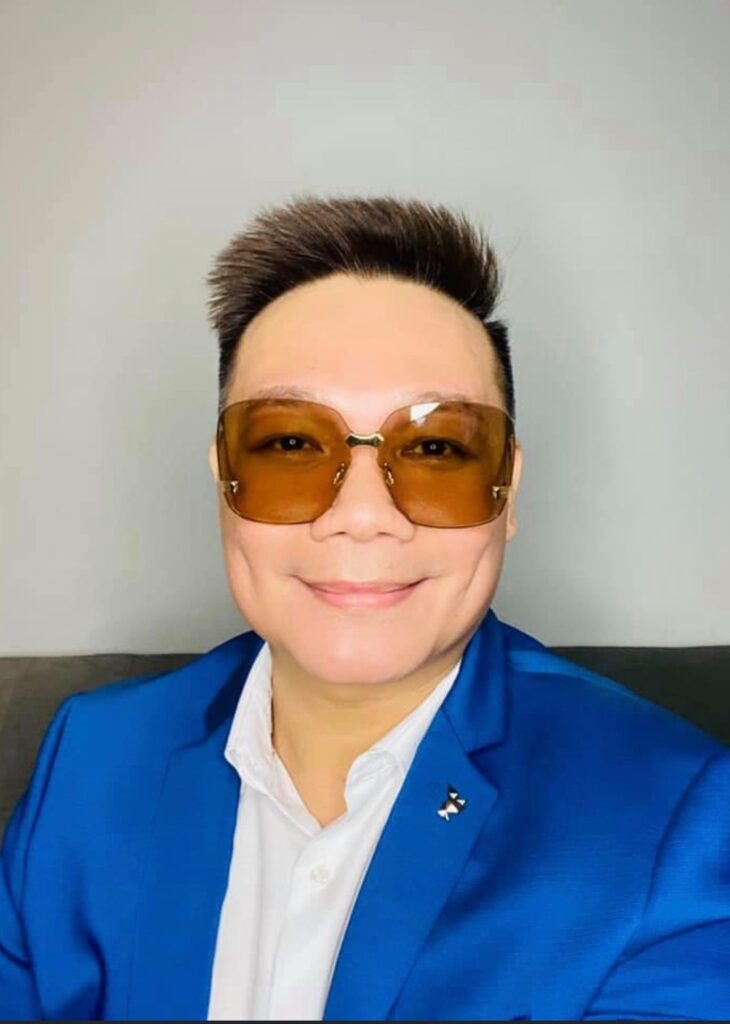
As a coalition, PFC doesn’t seek to destroy or supplant all the other smaller groups that have been formed before. Instead, Carmina adds, PFC aims to partner with them.
In doing so, PFC’s prime movers have also been learning from each other, as they exchange or share best practices in the industry. At the same time, the opportunity has forced them to look into their respective sectors and help identify problems, which, more often than not, are interconnected.
Some problems, they’re learning, are as basic as one, two, three. Like how can there be strength in numbers if many of the smaller groups don’t even know how many they are?
“One of the main problems we’re facing is non-existent data that indicates how many members are in each group,” says Jackie. “We are all in the process of collating data.”
Given the sheer volume of people directly and indirectly involved in the industry, Jackie is confident that the total number could easily exceed a million people.
Law of nature
To Jackie and his collaborators, it doesn’t matter anymore why it has taken them this long, and during a pandemic at that, to act as one. He cites “the law of nature” for bringing all of them together.
“For all of us, I guess, it’s a choice,” says Jackie. “Like in my case, instead of shouting in front of the TV, complaining about how things are being mishandled these days, which wouldn’t make me any better, I decided that I myself must do something about it. What we’re doing now is going back to basics. The designers in the group would attest—the first thing they need are fabrics. This has led to a dream of one day helping revive the local textile industry.”
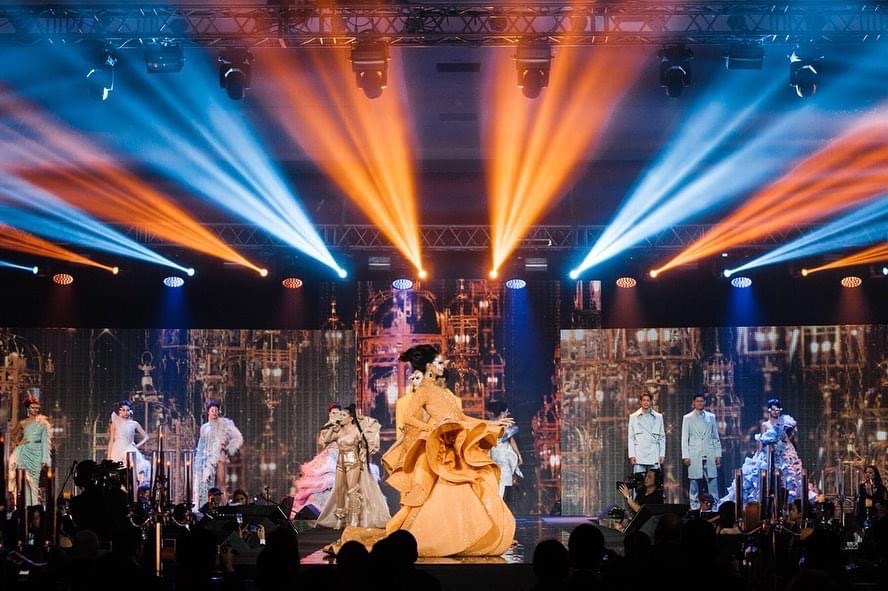
Carmina adds: “Assistance for creating immediate programs for each sector is not the coalition’s job. Each sector is in a better position to take care of its own members. But as a united front, we have more weight in helping craft laws and policies that, in the long run, would benefit the entire industry and individuals who form part of the coalition.”
Carissa and her fellow PFC pioneers can probably ride this crisis out. But if they do so, their conscience, knowing that their workers who depend on them for their livelihoods would go hungry, would probably kill them first before the virus could.
“For most of us in the industry these days, just thinking of how you are going to live from day to day has become a real source of anxiety,” says Carissa. “There are so many problems and bad news going on, and the best way to cope and survive this is [to be] together. That’s what we’re offering—a lifeline from a group or coalition that wants to take care of its own.”
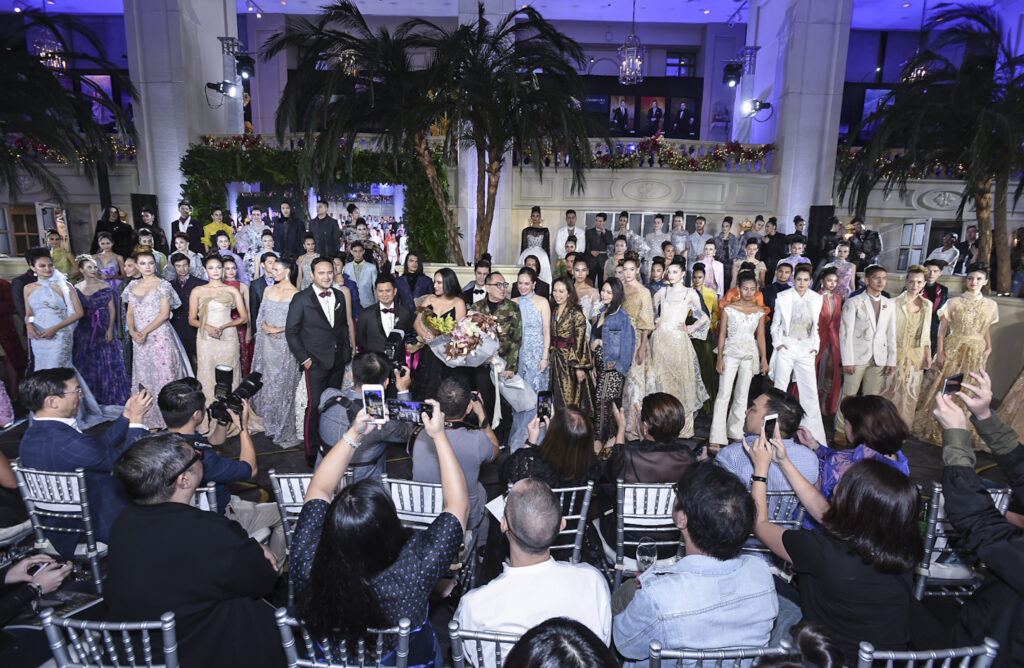
While there’s strength in numbers, there’s also strength in the degree of conviction if this is shared by more people, who, despite coming from different backgrounds and disciplines, identify themselves with the fashion industry. The pandemic or, more specifically, the need to help each other weather the storm, has a built-in appeal to bring people together.
“I think it’s really looking at the pandemic from a different perspective,” says Len. “Despite the displacement and tragic consequences it has brought into our lives, it does have a positive side to it. Since the crisis is on a global scale, there’s a shared experience going on. It’s has become natural for us to help each other, which is what this coalition is all about. Whoever wants to become a member can become a member. Now is as good a time as any. We can’t wait until we have the perfect team.”
No silver bullet
Although the pandemic, no matter how dire its effects are, may come with a silver lining, everyone at PFC is aware that forming a super grouping in no silver bullet to their current woes. But as Len, creative director of Filip+Inna, points out, every one is just trying to see “what he or she can do at this point as we all try to move forward.”
Like many of them, the crisis has also afforded Len to get to know her industry colleagues better. Prior to the pandemic, her time was consumed coordinating with tribespeople in the countryside, piecing clothes together with a team of sewers and finishers in Metro Manila and attending trunk shows to sell finished products all over the US.
“Fashion is a good opportunity for us to advance culture,” she says. “I always say during events where I get invited to talk that culture is our fingerprint. It’s really what makes us different from the next country.”
Over the decades, various governments have tended to look down on local fashion for its inability to bring in the numbers. From one administration to the next, government doesn’t see its full potential as an ideal form of soft power to push culture and the country’s interest abroad as a whole.
“To that,” says Len, “I ask, what support are we getting from the government to help get us to where they want us to be? It can’t be all private sector. The government has to realize that they also have to do something. They are also part of the problem. It’s not just us.”
On the oft-repeated but highly flawed view that fashion isn’t essential, Jackie also offers a mouthful.
“I beg to disagree,” he declares. “When you are talking about cultural heritage, you’re talking about the livelihoods of countless Filipino artisans. Even people who are selling RTW in the malls are affected. The fashion brands bring employment down to the sales girls. Fashion is essential.”
As long as they can, industry leaders like them are bent on keeping their people whose level of skills set are hard to find these days. The hardest thing to do, says Carmina, is to train newbies from scratch. Once you fail to provide these skilled workers with a steady means of livelihood, they would be forced to leave the industry and look for jobs elsewhere. It’s a lose-lose situation for everyone.
Design-driven site
Carmina shares that she was on the verge of launching a design-driven site with a number of foreign partners, but the whole deal fell through because of the pandemic.
Apart from exclusively featuring creations by some of the best Filipino designers, the site was envisioned as a venue for these partners to commit to it by purchasing most of the goods to be featured and sold. It’s really a total departure from the typical online business model wherein various designers and brands sell their items through consignment.
Unfortunately, as everyone’s finances tightened due to tough times, these partner-investors are no longer in a position to commit financially to the venture since they would be using their money elsewhere.
“We haven’t thrown the entire thing out,” Carmina says, referring to the time and money they invested on working on the site. “At best, the situation is at a standstill. As a company, it would make more sense to pursue it once a sense of normalcy kicks in. First things first. We have to take care of the designers, who, in turn, need to sell to enable them to take care of their people. Again, everyone in this industry is interconnected.”
The call to serve and make a difference in the industry proved to be too great for these people. Jackie, for instance, who was mostly sheltering in place these past few months, realized that there are certain decisions you make in life that entail from you a great deal of responsibility.
“When I was dragged into this, the first thing I said to myself was what do I know about these things,” he says with chuckle. “But I’m learning, and I’m grateful that I finally got to meet Len and get to work again with Carmina and Carissa. We can all learn from each other. Who else can help ourselves, but ourselves?”
Never say no to an idea
For his part, JC has once more reaffirmed for himself not to say no outright to an idea.
“Even the littlest of ideas can make a big change,” he says. “Like those face masks, for instance. I’ve decided to join the bandwagon because my sewer has nothing to do. Even though I haven’t posted anything yet, word has gotten around and I’ve had so much orders already. I’m also pretty sure that a lot of good would come out of this now that we have chosen to band together.”
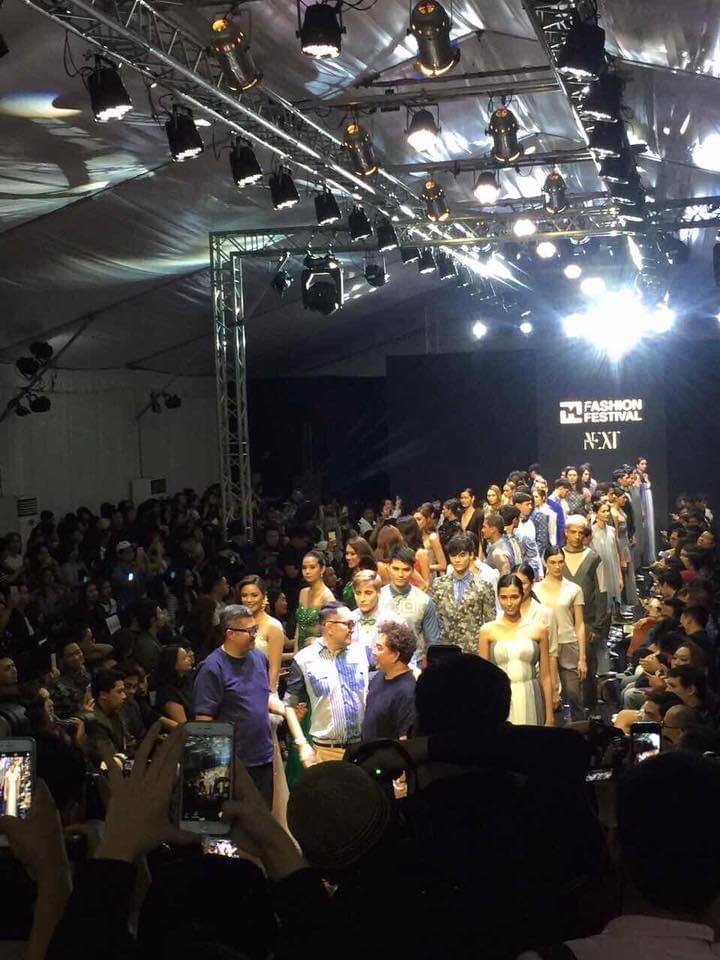
Still, there’s a real lingering fear among them that everyone’s fervor to sustain such a huge coalition would die down as soon as a vaccine becomes available and the global economy once more kicks into high gear. That members would again go their separate ways, as they make up for lost time and once more gravitate to and stay within their respective groups.
“Hopefully, the passion we’ve had since Day One would continue to sustain us and contribute in bringing us something bigger and more lasting,” says Carmina.
The pandemic, some of them have discovered, also leads you to question your purpose in life. Such a disruption leaves you with no choice, as you contemplate your own future and that of the industry that has given you so much.
“You are faced both with your own mortality and what your real purpose in life is,” says Carissa. “If you can’t answer one side: When am I going to die? At least you could try to answer the other side. What am I going to do while I’m alive?”
Fashion industry people who wish to join and be counted as members of the Philippine Fashion Coalition may sign up by going to the group’s Facebook page.





